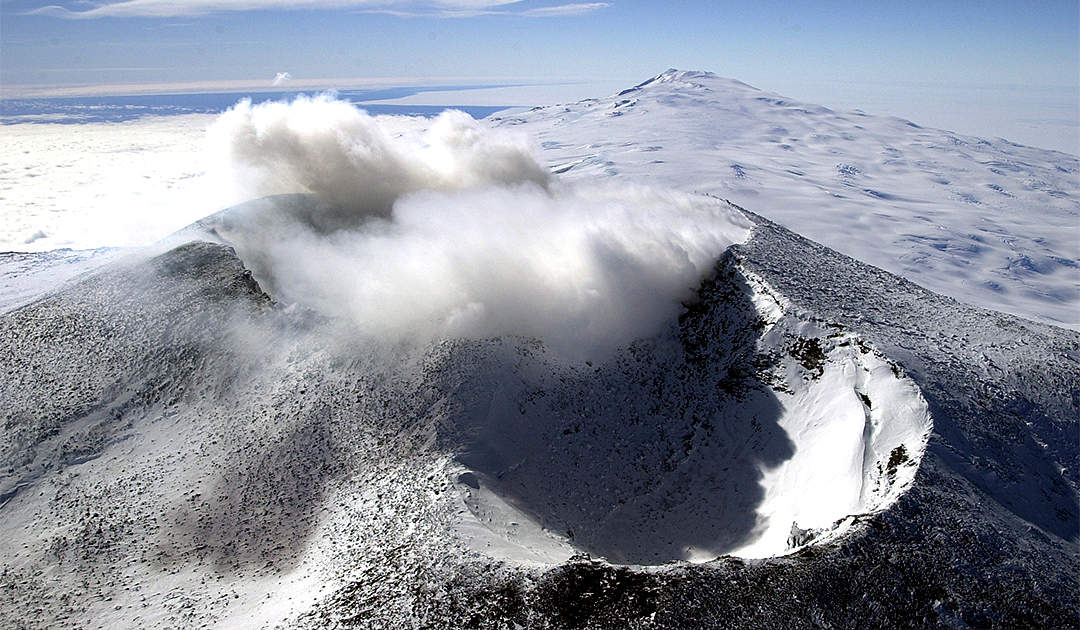
Mount Erebus blows USD 6,000 worth of gold into the air every day
The active volcano Mount Erebus spews 6,000 US dollars worth of gold dust into the air every day, NASA’s Earth Observatory has announced

The active volcano Mount Erebus spews 6,000 US dollars worth of gold dust into the air every day, NASA’s Earth Observatory has announced
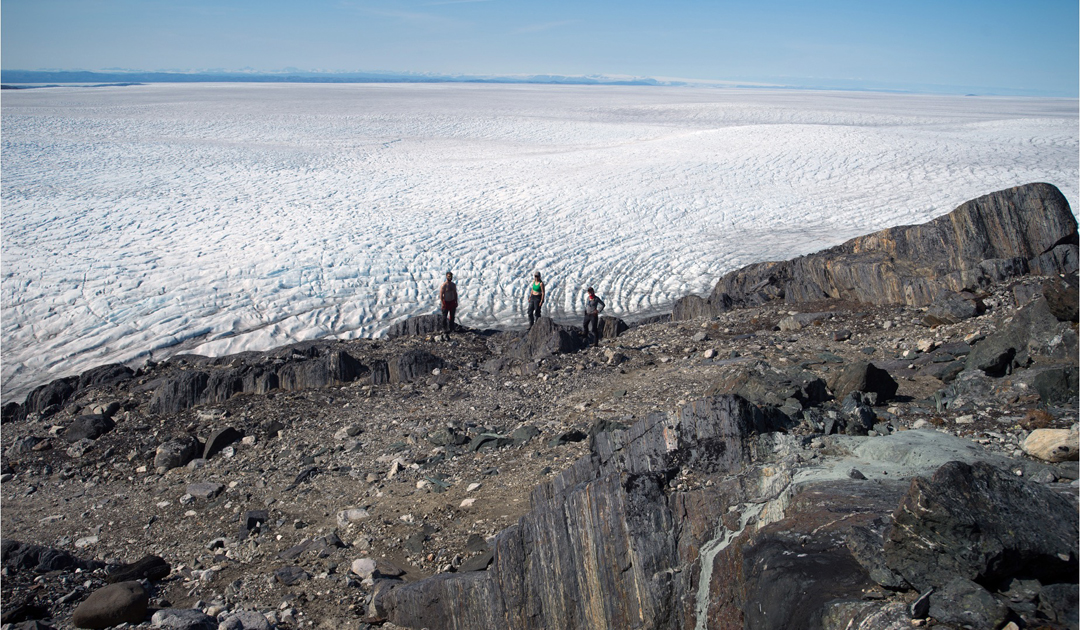
3.7 billion years ago, the Earth may already have had a magnetic field, according to a study published this week based on ancient rocks from Greenland.
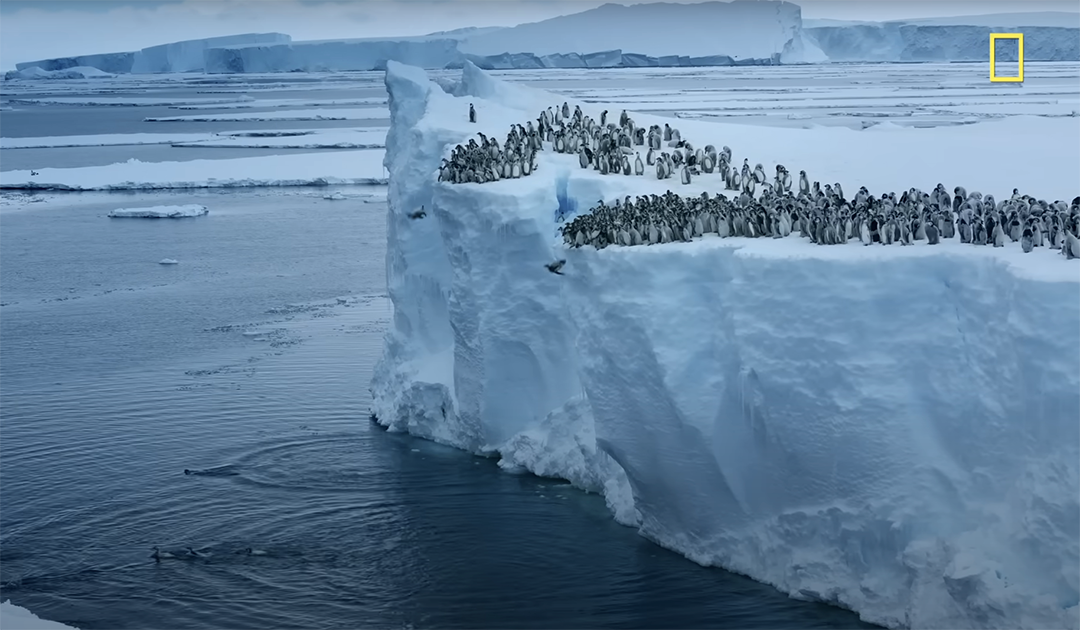
Documentary filmmaker Bertie Gregory was the first to capture the bold leaps of Emperor penguin chicks from high ice cliffs in unique drone footage for National Geographic.
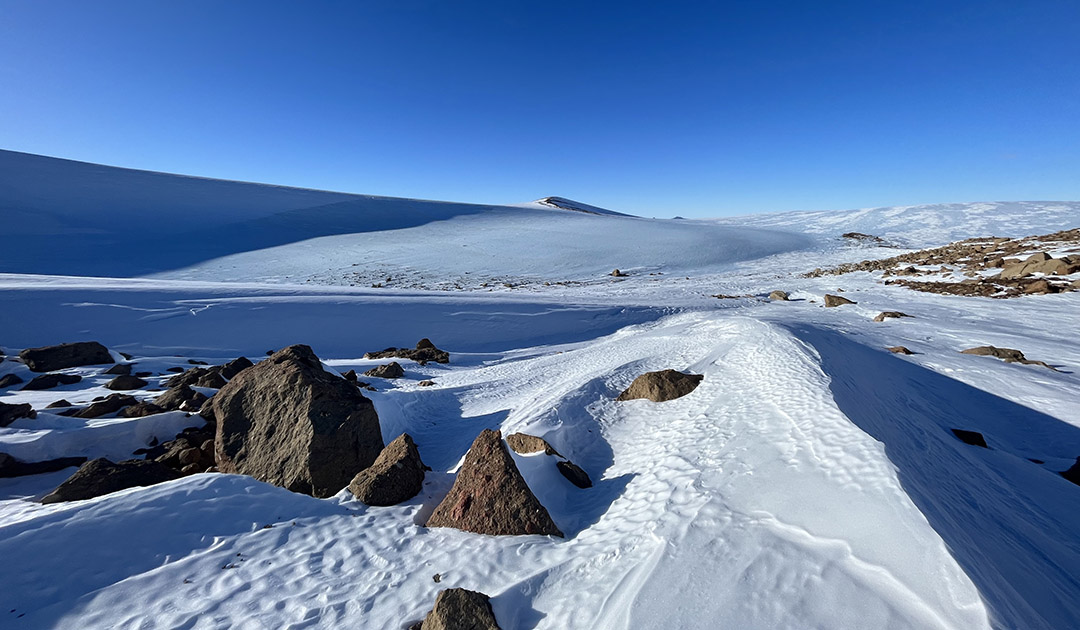
The record for the oldest ice found in Antarctica has been broken by a US research team: In the Allan Hills, they discovered 4.6 million-year-old ice from before the ice age.
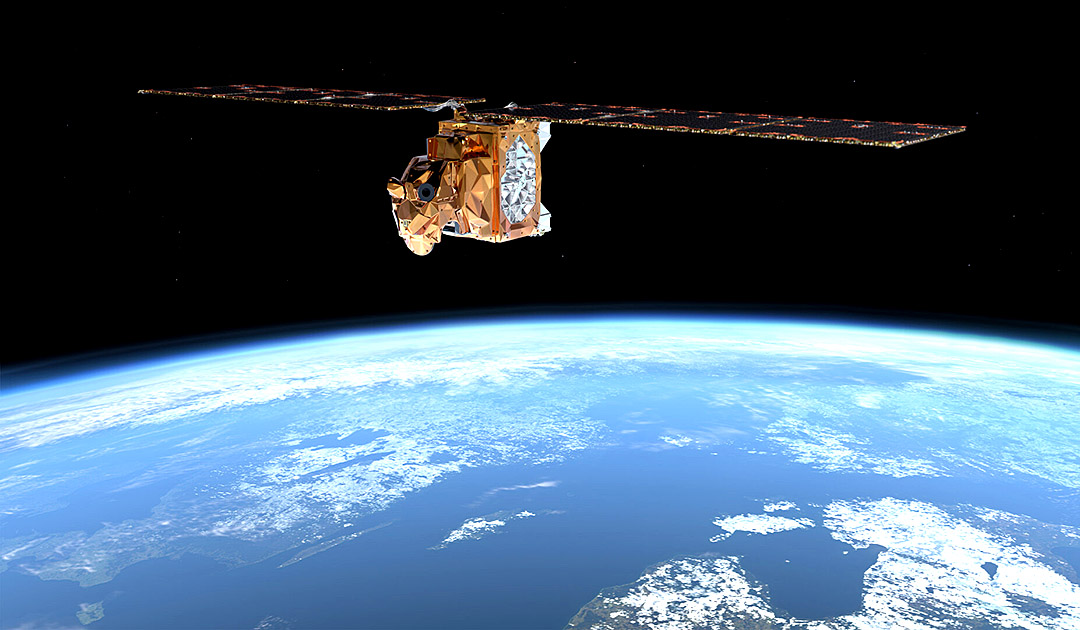
The European Space Agency (ESA) announced that it will launch a satellite in June 2024 to improve weather forecasting in the Arctic.

Physicist Hiroto Nagai composes music using environmental data from the polar regions.
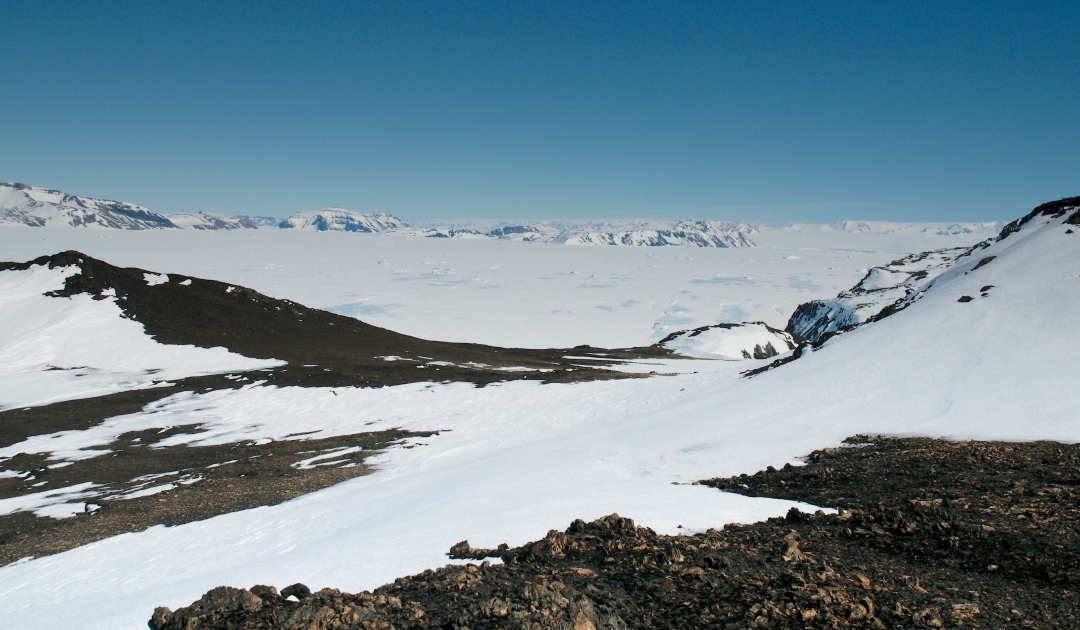
This time, the focus of the review is not on Antarctic sea ice, but on previously neglected Antarctic underwater currents and the topography beneath the largest ice shelf.
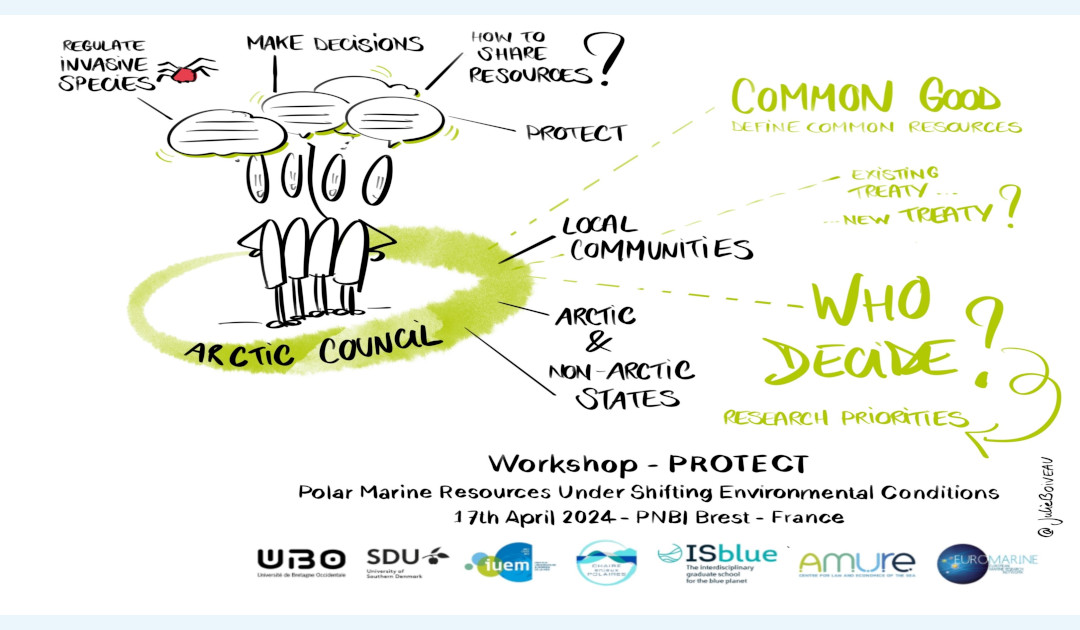
This week in Brest, a meeting of researchers shows that the scientific community is rethinking its approach to polar issues.

After detailed observations of waves in the Southern Ocean, wind was identified as the main cause of the formation of rogue waves.
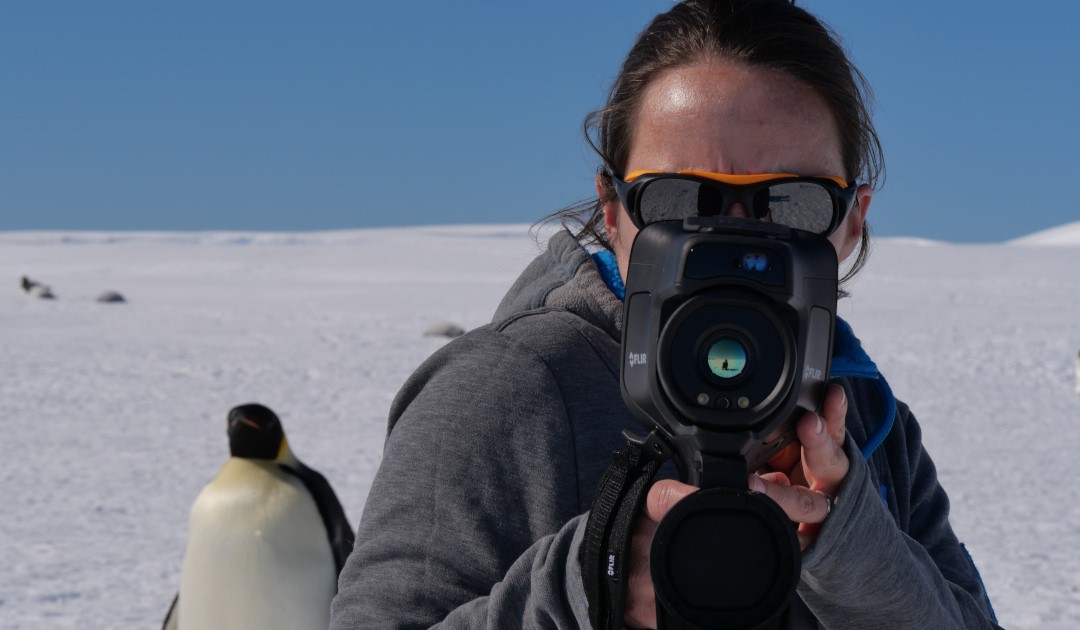
How can we distinguish between calls of recognition and those of distress in a dense penguin breeding colony? The answer lies in the infrared radiation of these animals.
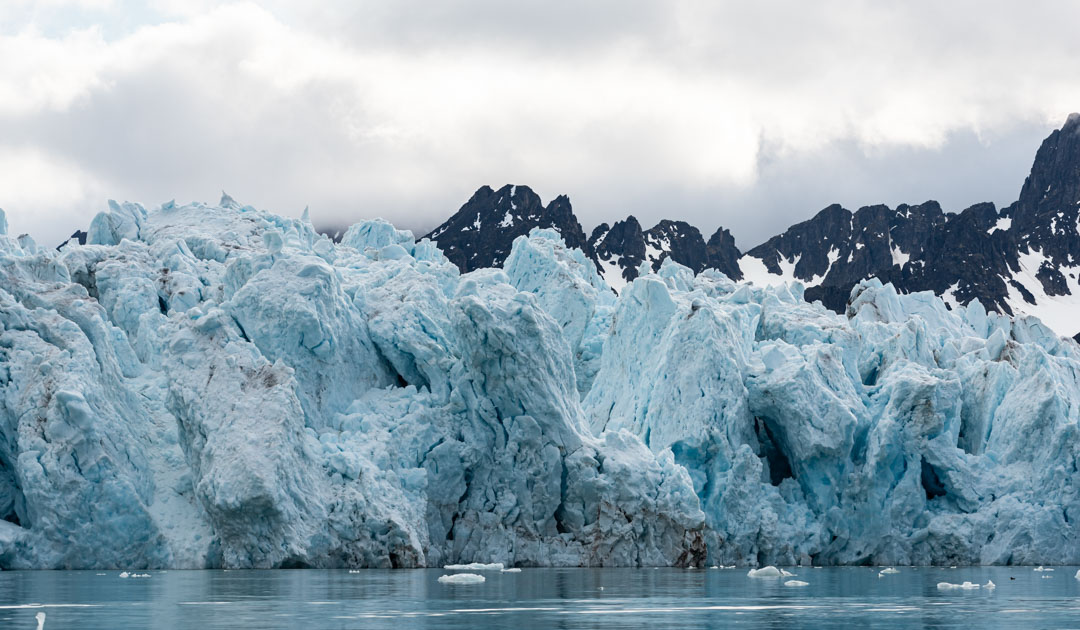
A research team developed a novel deep learning model that made it possible to create a high-resolution data set of 149 marine-terminating glaciers on Svalbard.
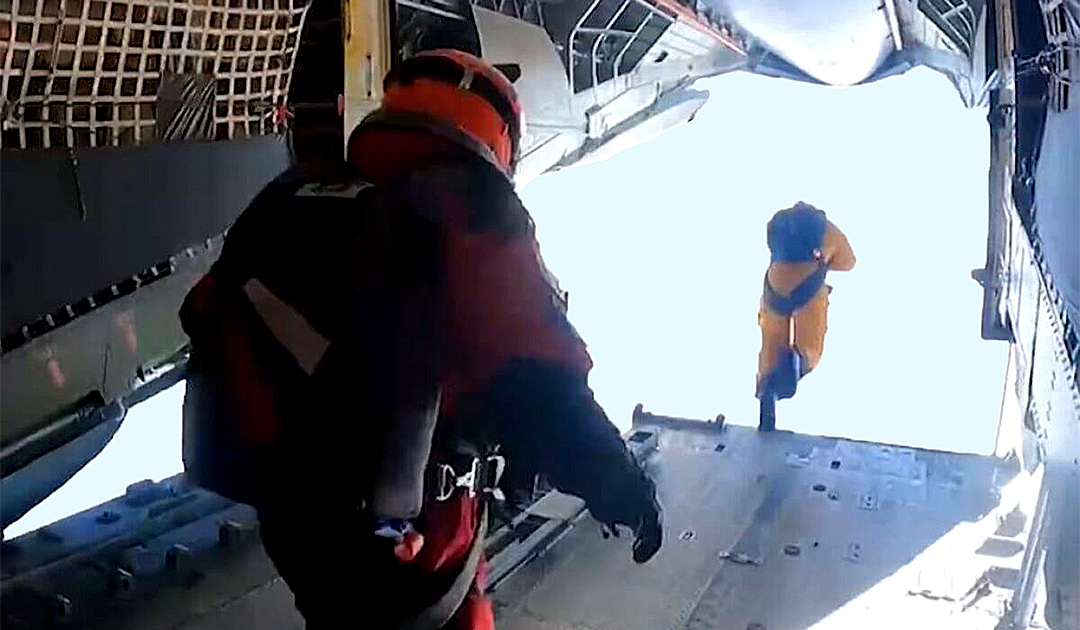
On Russian Space Day, 12 April 2024, cosmonaut Mikhail Kornienko and his companions, flight instructor Alexander Lynnik and Denis Efremov, jumped from 10,000 meters above the North Pole to the ice camp Barneo North Pole.
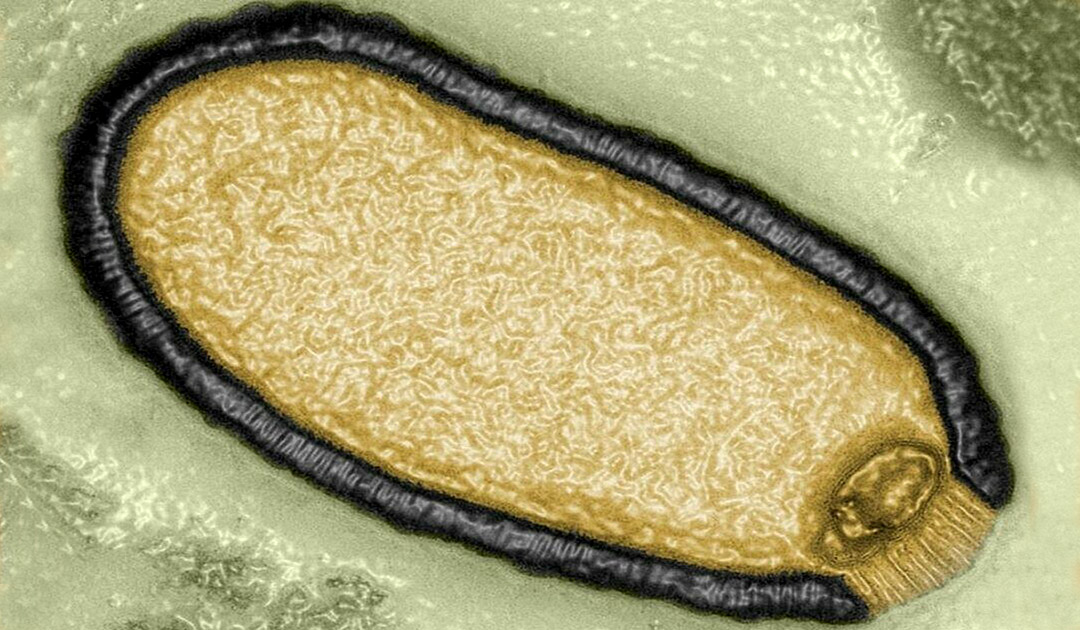
Scientists warn of ancient “zombie viruses” frozen in the Arctic permafrost. These viruses could trigger serious disease outbreaks when temperatures rise.
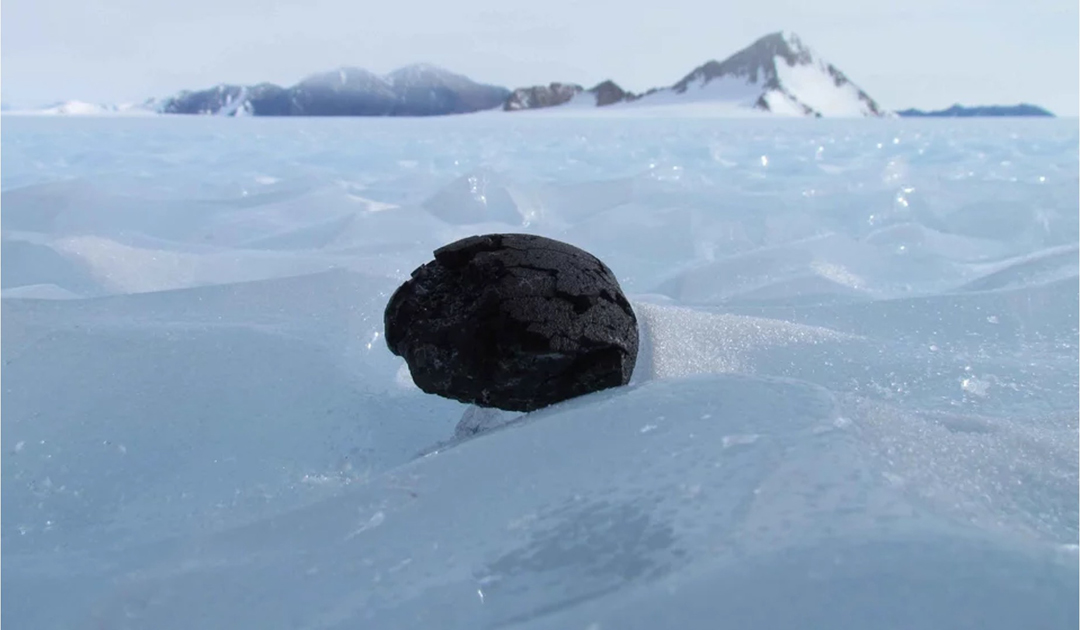
In Antarctica, meteorites are threatened by global warming. A situation that could cause valuable information from outer space to disappear forever.
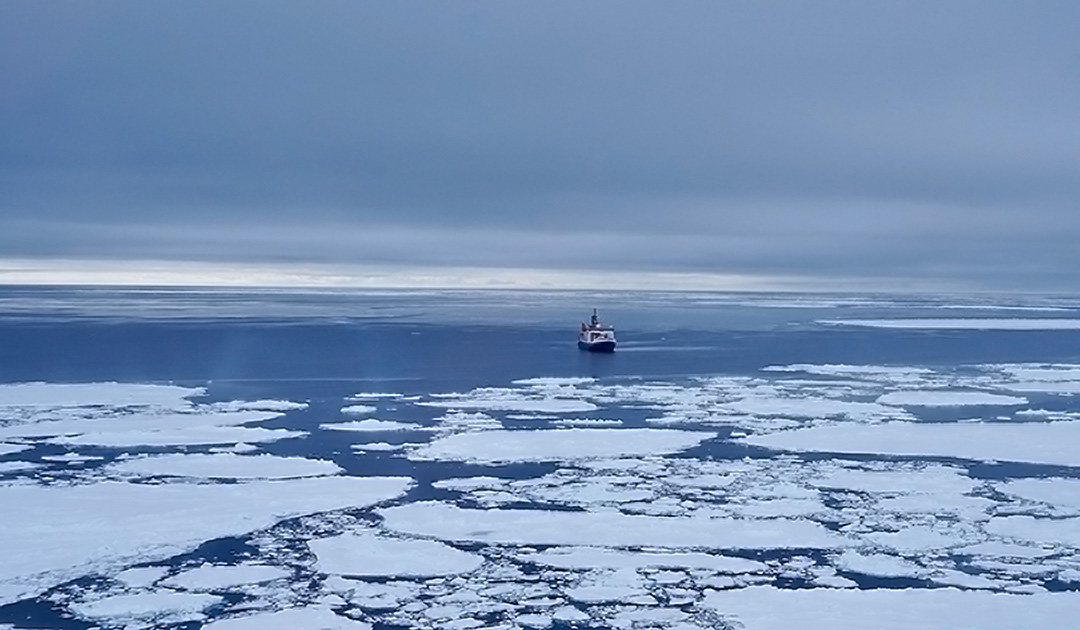
The pollution of the Southern Ocean with microplastics has been significantly underestimated, as researchers from the University of Basel and the Alfred Wegener Institute have shown.
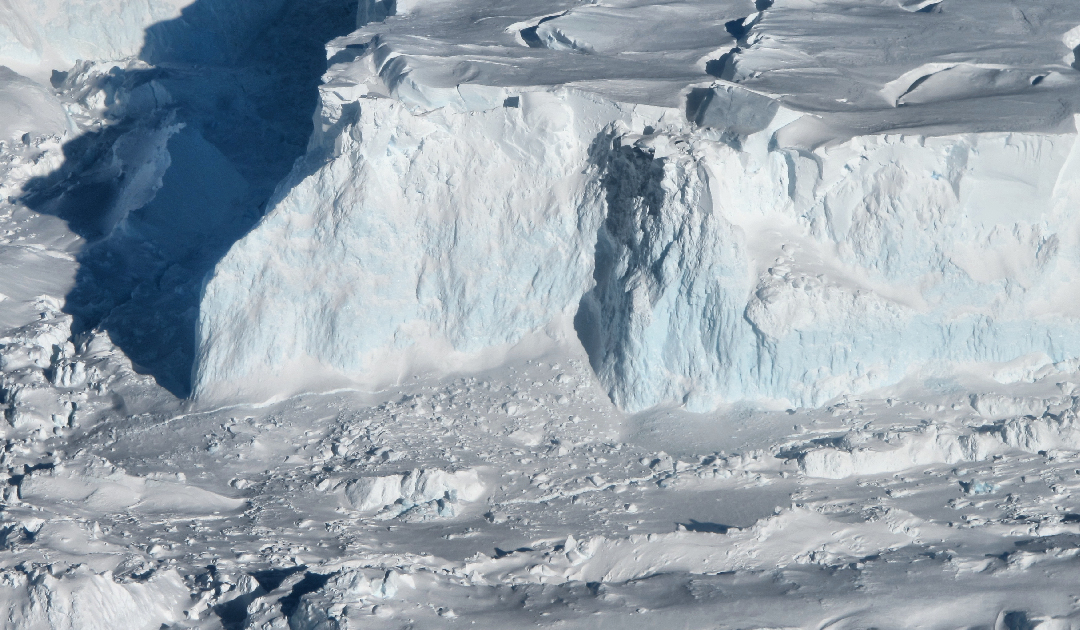
Some researchers have recently proposed the construction of artificial structures – submarine curtains or walls – to stop the warming ocean from getting to the most rapidly melting glaciers in West Antarctica.
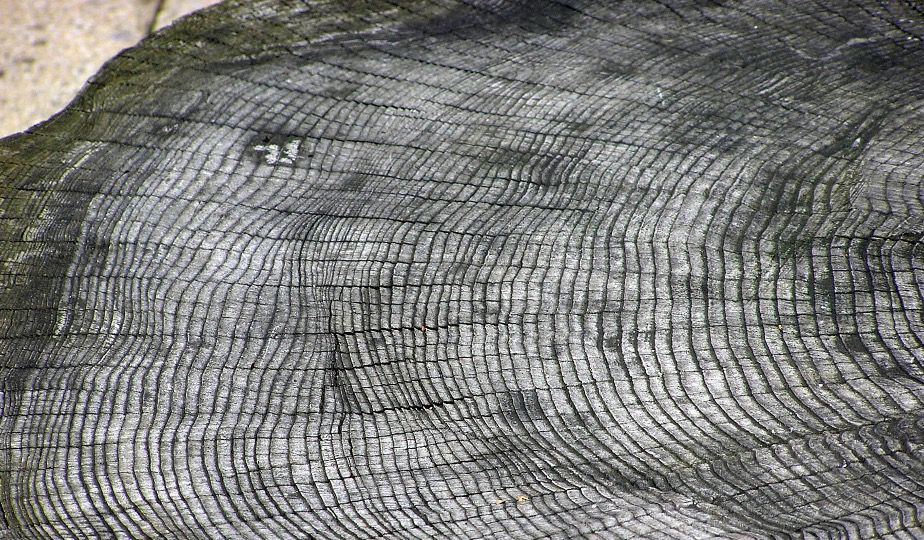
Traces of a major solar eruption have been found in the rings of trees in Lapland. A discovery that could help us prepare for a major solar storm and better understand the carbon cycle.

At the meeting between US President Joe Biden and Russian President Vladimir Putin in Geneva in 201, Biden addressed the problem of methane release in the Arctic.
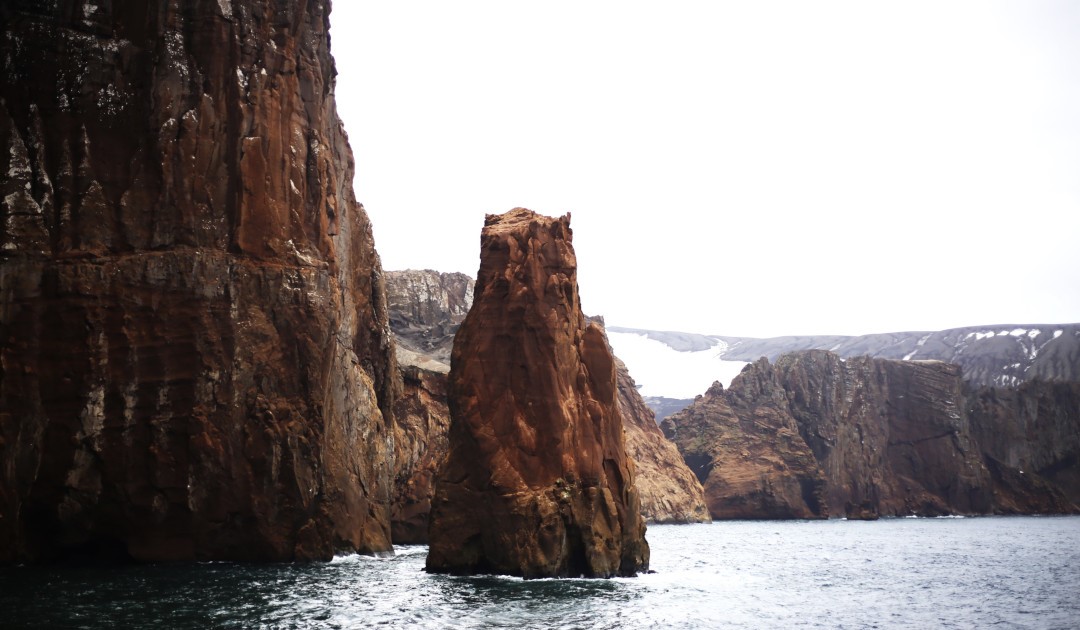
In laboratory tests in Brazil, filamentous fungi from Deception Island (Antarctica) slowed the proliferation of cancer cells.
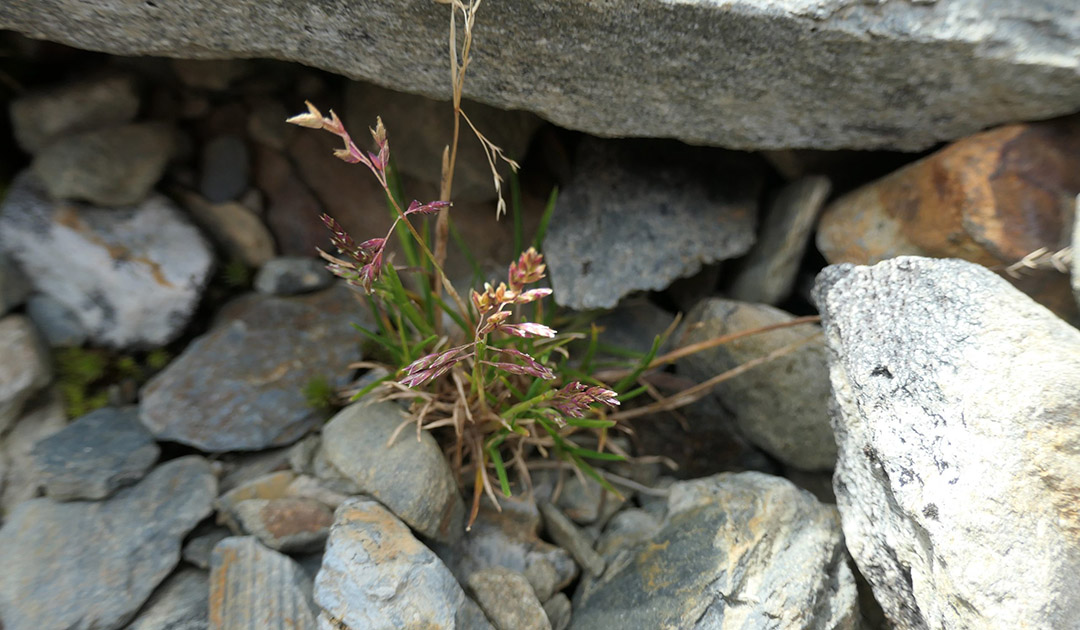
On South Georgia, invasive plants and invertebrates colonise the newly available habitats in front of the melting glaciers relatively quickly.
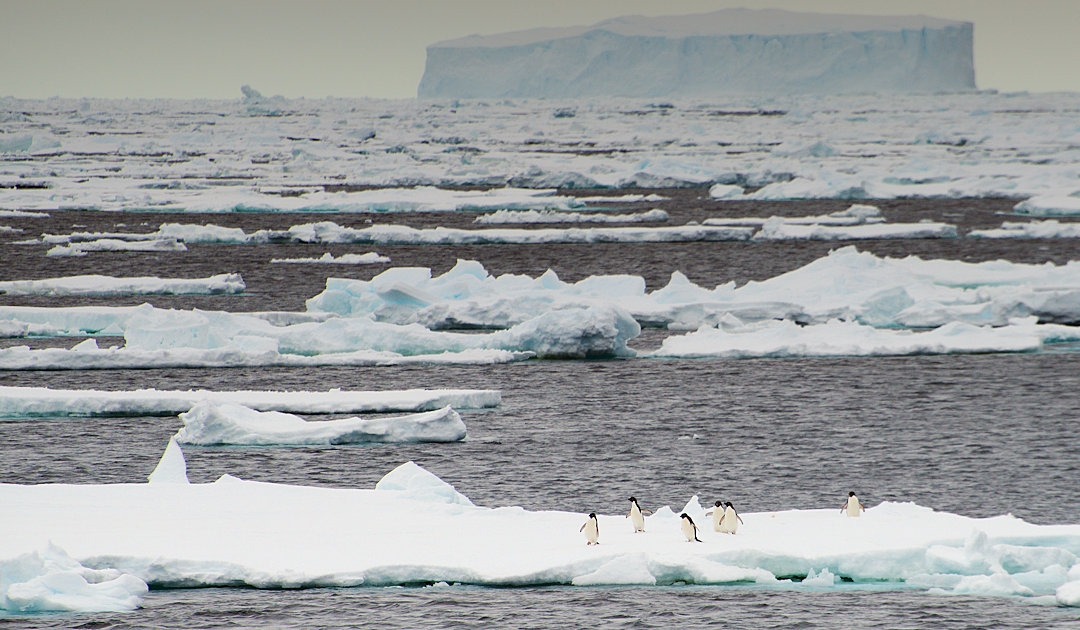
The winter of 2023 saw the lowest ever sea ice extent around Antarctica. A drop in sea ice area compared with average values caused by polar cyclones and atmospheric lows.

Chilean mobile communications company Entel has been the first provider to offer 5G connectivity in Antarctica since mid-March.
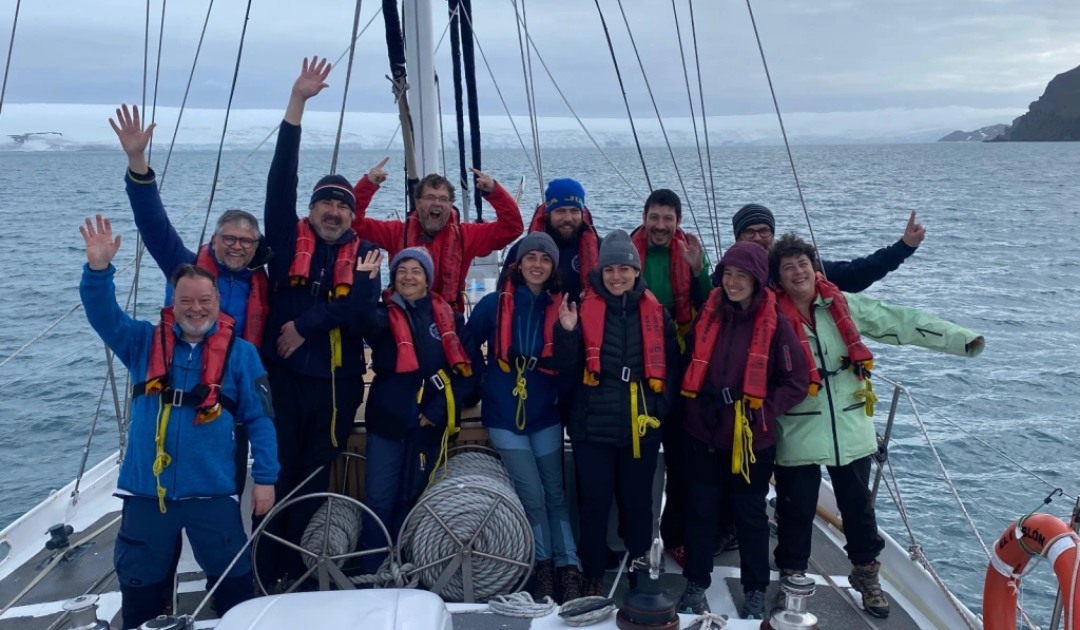
The expedition increased Portugal’s research independence, had a low carbon footprint, and allowed research in otherwise inaccessible areas.
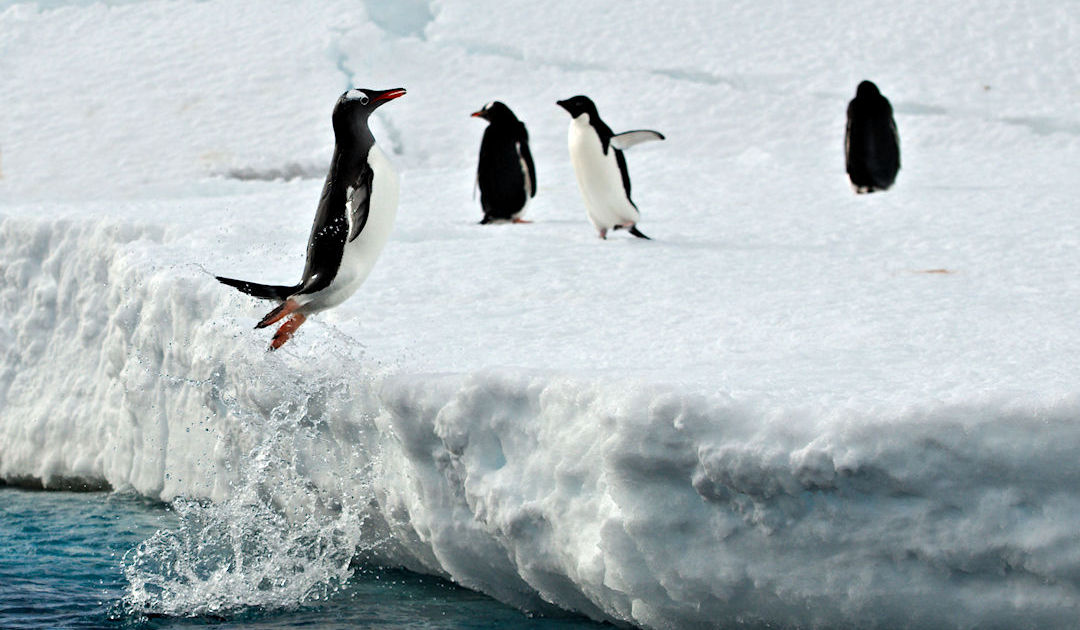
Whether it’s the 25th anniversary of Nunavut’s self-government or the loss of a second due to the melting of the ice sheets, time and leaps also play an important role in polar regions.